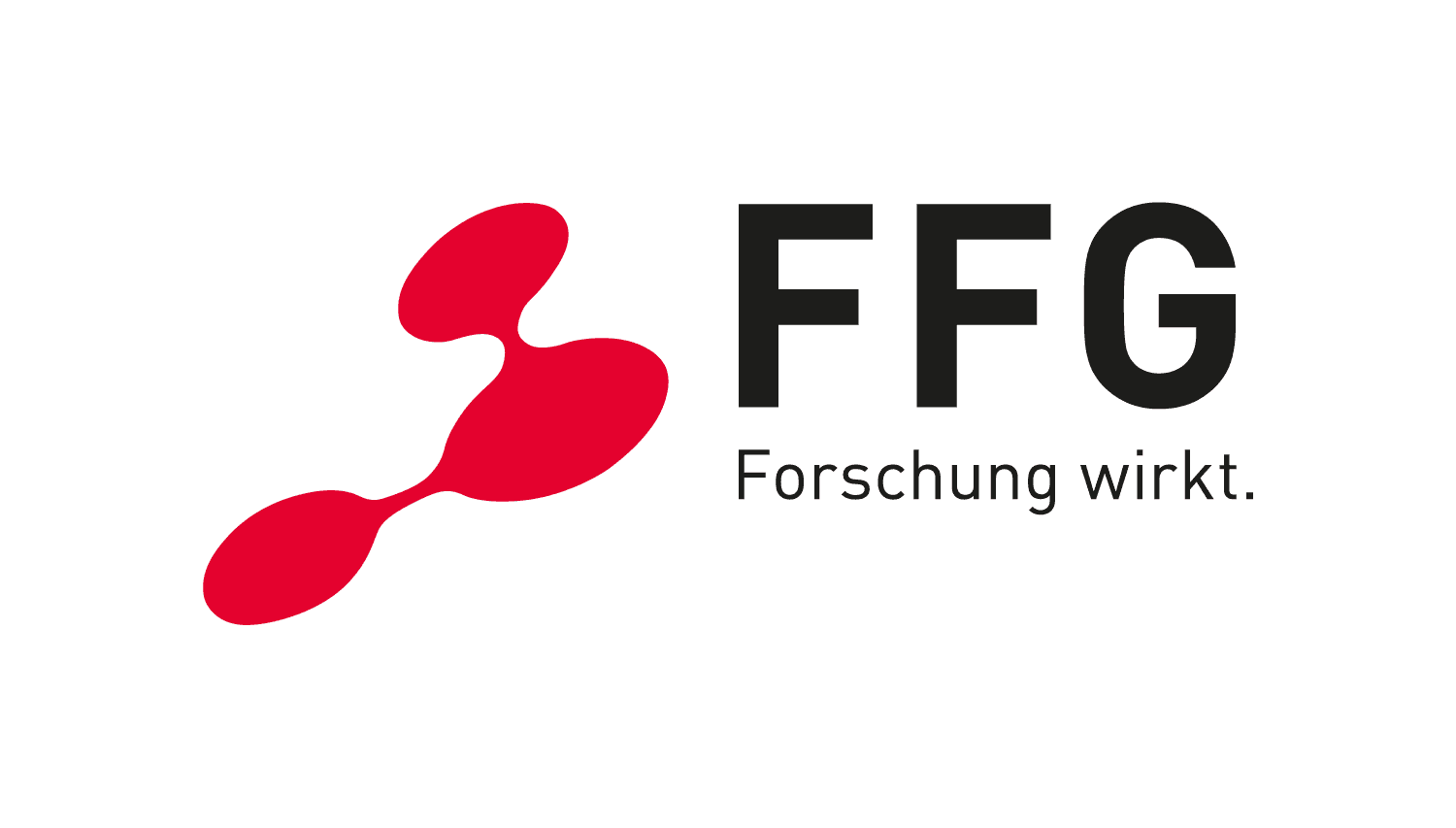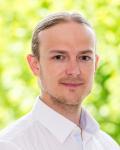VITALITY District
The main objective of the VITALITY District project is to design and optimize photovoltaic planning that is already in the design phase of building networks and neighborhoods, coordinated with consumption profiles, Vitality District UASTW building topology and solutions for storage and greening for energy communities.
- Integral system planning at the neighborhood level can reduce energy peaks and buffer surpluses in urban energy storage facilities. In addition, buildings in the neighborhood can be optimally coordinated and supplied, and cooling effects can be achieved through greening.
- VITALITY District provides tools and methods for the early planning phase of districts in the field of distributed energy generation, distributed storage and interaction between buildings and storage. This would also anticipate EU Directive European Green Deal and contribute to its implementation.
- Elaborate and evaluate parameters for developing basic energy concepts at the neighborhood level (e.g.: sharing renewable energy, energy efficiency, space comfort, best placement of PV modules and the size of storage to increase self-consumption at the neighborhood level, etc.).
The VITALITY District project aims to identify opportunities for urban planning with photovoltaics for a neighborhood-by-neighborhood development towards a “low-carbon” city with a high quality of life and good resilience, taking into account existing and planned buildings, infrastructure and use. The project puts special emphasis on integrating existing knowledge and existing studies and research results. The results of this project will be used to create a technical basis for PV integration in ambitious and feasible urban planning for the city of the future at the neighborhood level.
The innovation lies in the development and dissemination of low CO2 energy concepts on the neighborhood level already in the early planning and tendering phase. This can not only make an extensive contribution to achieving the climate goals of the City of Vienna and subsequently the Republic of Austria, but also create the decisive innovative edge for Austrian stakeholders in this field.
Projects:
- Models to simulate aggregated PV yields for distributed and partially shaded systems of different sizes and technologies. Methods and potential for urban energy storage. Criteria catalog for early planning and tendering of energy active neighborhoods.
- Energy generation profiles of renewable energies and load profiles of different building types on a neighborhood level are generated.
- Tool based on Grasshopper for Rhino for urban planners to simulate neighborhoods in the early planning phase. Optimization potential compared to existing neighborhoods and non-optimized use-cases by means of an evaluation matrix.
- Holistic solution proposals for coordinated energy use from local energy resources combined with energy-efficient components to greening.
Project-partner:
- Lead: AIT Austrian Institute of Technology GmbH
- Fachhochschule Technikum Wien
- TU Graz
- SAUTTER ZT
- ATB Becker e.U.
- Architekturbüro Reinberg ZT GmbH
- GrünStattGrau Forschungs- und Innovations GmbH
- Accademia Europea di Bolzano


Head of Competence Center Resilient Energy Systems
Research Focus Manager Renewable Energy Systems
Senior Lecturer/Researcher